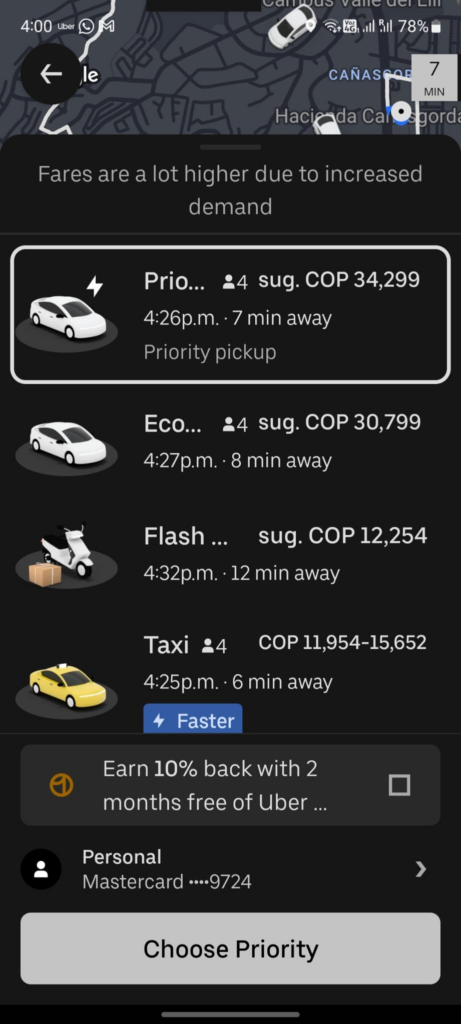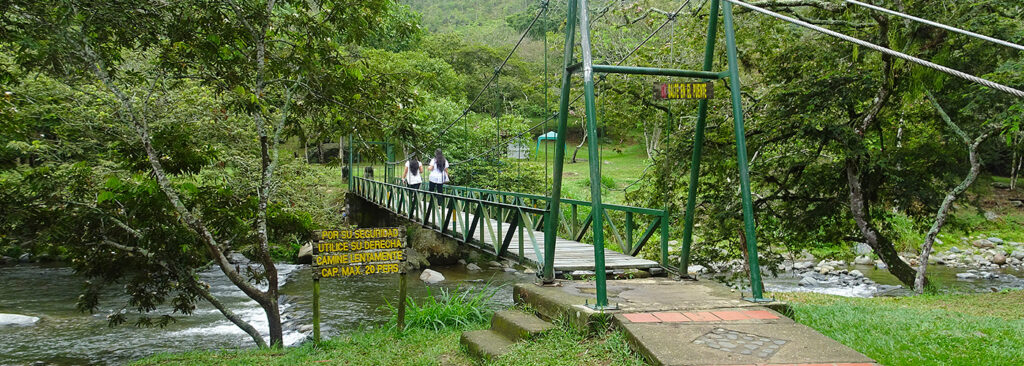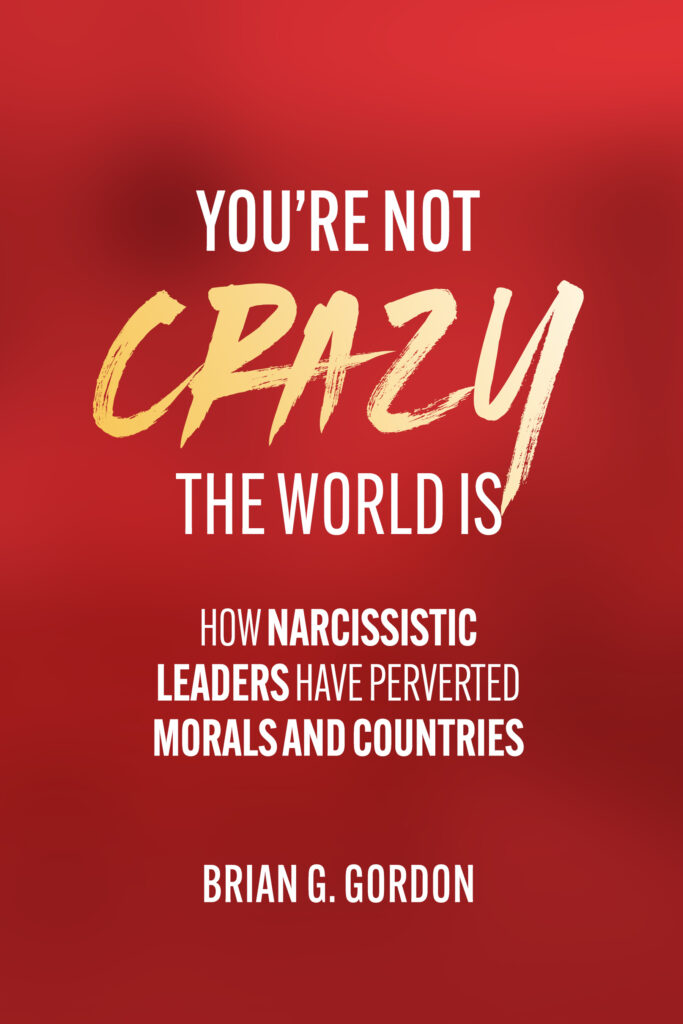Seeing as we’ll be living here, I thought people might like to. have a better idea what it’s like to live in Cali! This is obviously from my perspective, your mileage may vary.
Climate
Cali is hot, but not Cartagena or Puerto Viejo (Costa Rica) hot. Those places can be brutal and the heat can grind you down. It’s fine if you’re there on vacation and are spending the day on the beach or in air conditioned restaurants, but to live in it was too much. Cali is only several degrees cooler and it makes all the difference.
The temperature in the morning is glorious, for example. You can go for a walk in shorts and a t-shirt and be comfortable. Evenings are warmer but still very pleasant. It gets hot in the afternoon, typically 28-31C, which is fine if you’re not doing anything strenuous outside or not in the sun. We are hoping that our lot is even a bit cooler plus we’ll have a passive solar house that should stay at a nice temperature all the time. Nighttime temperatures are typically 18-22C, which is perfect for cooling everything, including the house, down. (I’ll write more about our house later!)

Like Victoria, Cali has dry spells when it goes for two or three months with little to no rain. Like Victoria, the grass goes brown, some trees wilt, things get dusty. Then the rains start up again and everything gets green. Same as summer in Victoria. A key difference here is that even when it rains every day, it’s typically a thunderstorm that lasts for 30-90 minutes and then it’s over. There is sun almost every day.
Getting Around
The general assumption is that driving in Cali is horrific, but it’s actually not that bad and something you get used to pretty quickly, or at least Davide and I did. I am told it is nowhere near as nutty as some Asian countries like Thailand, for example. The main problems are too many cars, too many motorcycles (motos), and inadequate mass transit. I could say the same, except for the motos, about almost every North American city I’ve experienced or heard about.
The motos here are small, typically 125cc. These are not Harleys. There are currently about 350,000 motos in Cali and the forecast is for 800,000 by 2030!! The number of cars is also expected to increase, though not as dramatically. The reasons so many people use motos here are that they are much cheaper than a car and they are faster.
Here’s Uber showing a Flash option – it’s less than half the cost of a car. That means a motorcycle shows up and you hop on the back. Natalia used that service once or twice, but the rest us….

Home delivery services for meals, groceries, etc, pretty much exclusively use motos. Why are motos faster? Because they don’t follow any traffic laws, mainly. Imagine two lanes of traffic headed north, with a bike lane and a sidewalk on one side. Motos do not stay in their lane. Notice in the photo below that the motos are between the lanes of cars. They will zip by your car on the left or the right, and between lanes. If that is too slow, they use the bike lane and sidewalk.

Predictably, thousands of moto-driving young men are killed each year in traffic accidents. I’ve even witnessed some. The same situation exists in Costa Rica with the same results. While there, we drove by one moto-truck accident where the ambulance was on-scene working on injured people. I noticed one moto driver sprawled face down on the road, not moving, nobody working on him, so I’m pretty sure he was dead.
In Cali, I saw a moto drive right into the side of a taxi. Remember I said that motos go down all sides of cars, forget about lanes? Well, we were in some slow-moving traffic and a taxi in front of us and a moto behind us decided at the same time to turn right down a street to get out of it. The taxi turned right just as the moto scooted out to the right and gunned it…right into the taxi. The moto driver looked shaken up but uninjured, but I imagine his moto took some damage. The taxi definitely did.
The second accident in Cali was worse, with the moto driver left rolling on the ground in agony. We didn’t see the impact but saw the man get thrown into the curb. Probably he cut in front of the car at the wrong time. Obviously you feel bad for injured people, but at the same time, they did it to themselves – many of these guys are pretty reckless. It is very common to see someone driving his moto with his face in his phone.
Security
I covered this previously, so I’ll summarize here. Cali has an atrocious murder rate – almost 1,000 people per year. That is almost all in certain neighbourhoods and related to crime, meaning it’s mostly criminals shooting each other. Is Cali safe to live and visit? Definitely, if you stay out of the bad areas and are not involved in criminal activity. I remember when New York was considered quite dangerous, but again, that was concentrated in certain areas like Harlem. Stay out of there and you’re okay. Same here, and the various levels of government are attacking the problem.
The current president has been a big disappointment in this regard. He’s an ex-M19 guerrilla and he came to office promising to negotiate Total Peace with the remaining guerrillas and other criminal groups. Turns out they weren’t interested in negotiations, they wanted to carry on as they were: making their money from narco-trafficking, kidnapping for ransom, and extortion of businesses and people (protection rackets). They don’t want to negotiate an end to these highly lucrative businesses.
At one time there were left-wing guerrillas attempting to establish a Marxist state, but that was years ago and all these groups have long since morphed into mafias. Sometimes they fight for territory, as is happening in the recent upheavals in Catatumbo, where thousands have been displaced in a turf war between two rival gangs. This seems to have finally woken the president up and he has vowed to go to war against them. It’s about time and the only way to deal with them. Unless they’re under pressure of death, they will never quit. Anyway, seems like the government has finally accepted reality and is deploying significant forces to stomp out the gangs.
Unfortunately, once gangs get established, they are hard to eliminate because crime does pay pretty well, at least until caught or killed. Davide told me a story about the mafia in southern Italy that illustrates this. There was a personality, known for pushing boundaries on his show, and one day he decided to see how far he could go in a town in southern Italy, where the mafia is still strong. He set up a table of oranges for sale by a roundabout to see what would happen.
Well, fifteen minutes later a black car pulls up and a man tells him ‘You can’t do that here..’ Our protagonist said he’d stay, thanks. Fifteen minutes after that, another black car stops and two guys say, harder this time, ‘You can’t do that here.’ Again our hero waved them off. Shortly after, another big black car pulls up, two big, tough guys get out and dump his table upside down, give him a look, get back in the car and leave.
Our hero packed up and left. It was pretty clear what the next visit would involve.
Colombia has that level of mafia in some rural areas, but not in the big cities. As a local newspaper put it, it’s like there are two Colombias, the city one and the rural one where gangs still dominate in certain regions.
People
Colombians like to think of themselves as among the happiest people in the world, and they may well be. One thing I like here is the music – every grocery store, every taxi is playing salsa or something else upbeat. People are constantly dancing or singing along to the songs. It makes it hard to be down!
So far, they have largely avoided the polarization that has afflicted many countries, where hard-right leaders are trying to divide and conquer.
Things to Do
Cali is a city of approximately 2.2 million people, and that means there’s lots to do and see. Cali is big on salsa, so there are parades and demos and schools galore. The Feria de Cali involves a very long parade, many of whose members are salsa schools.
Biodiversity and the climate are also big and growing rapidly here. COP16 – Biodiversity was just here, for example, and there have been a number of follow-on events. There are also eco-parks – one just opened near us.
There’s food galore – Cali has some great restaurants. No Indian restaurants and pretty scant on the Thai food front, too, but there’s tons of sushi and Asian fusion places. If you want traditional Colombian food, you can have a large lunch or breakfast for 15.000 COP, or $5 CAD. It includes soup, a big piece of some kind of meat, rice, salad, and beans or lentils, plus a juice.
A favourite place to go for Caleños on Sundays is the Río Pance. There are public and private parks alongside the river, and people go for picnics and to go in the (cool) water. Here’s the public Ecoparque de Río Pance. This river actually passes somewhat close to our house and there are spots to enjoy it nearby.

There are concerts, soccer/futból, shows, farmer’s markets, a butterfly garden, an eco-walk, viewpoints, and so on. There’s no shortage of things to do!
Update on Us!
Adriana stopped working at a job a few months ago, but she’s not calling herself retired as she’s looking for the next adventure! One thing we noticed here is that we see lots of opportunities for small businesses. They are mostly enterprises that exist in Canada but not here, and that we think would be successful here. Adriana wanted to explore this future while we….
Build the house. We’re still in design but almost done. It’s been a long haul, starting in April; 7 months! we spent 2-3 months trying to design the house at a different spot on the lot, and finally realised that was not the house we wanted. It would have been a very cool house – up on posts and looking into the treetops. But we wanted a grounded house that was largely connected to the Earth, so we scrapped that design and started over at a different, lower location. The views are not as expansive, but to us it feels more homey. We wanted to be able to walk out to our gardens, for example. Here’s how it currently looks, but not 100% final yet.

From left-to-right: social area, master bedroom, guest bedroom.
Finally, Brian published his book! It’s called You’re Not Crazy, the World Is: How Narcissistic Leaders Have Perverted Morals and Countries. It’s not particularly complimentary of the current US leadership, so I’m not even transiting through the US these days. It wasn’t that nice about other leaders, either but only the USA is currently jailing people for pointing out what the government is doing. (What they are doing is attempting to speed-run to fascism. They’ve recently lost a bit of momentum, fortunately. They have severely damaged the US economy for at least a generation. What country would buy weapons from them now, for example?)

I also started blogging about the dangers of narcissists in power. Did you know 21% of CEOs are pathological sociopaths now? My first blog post is here, introducing the book: You’re not Crazy, the World Is.
You’re Not Crazy, the World Is: How Narcissistic Leaders Have Corrupted Morals and Countries is widely available:
Amazon — Kindle, paperback, hardcover
Apple Books (Search the title)
Be First to Comment